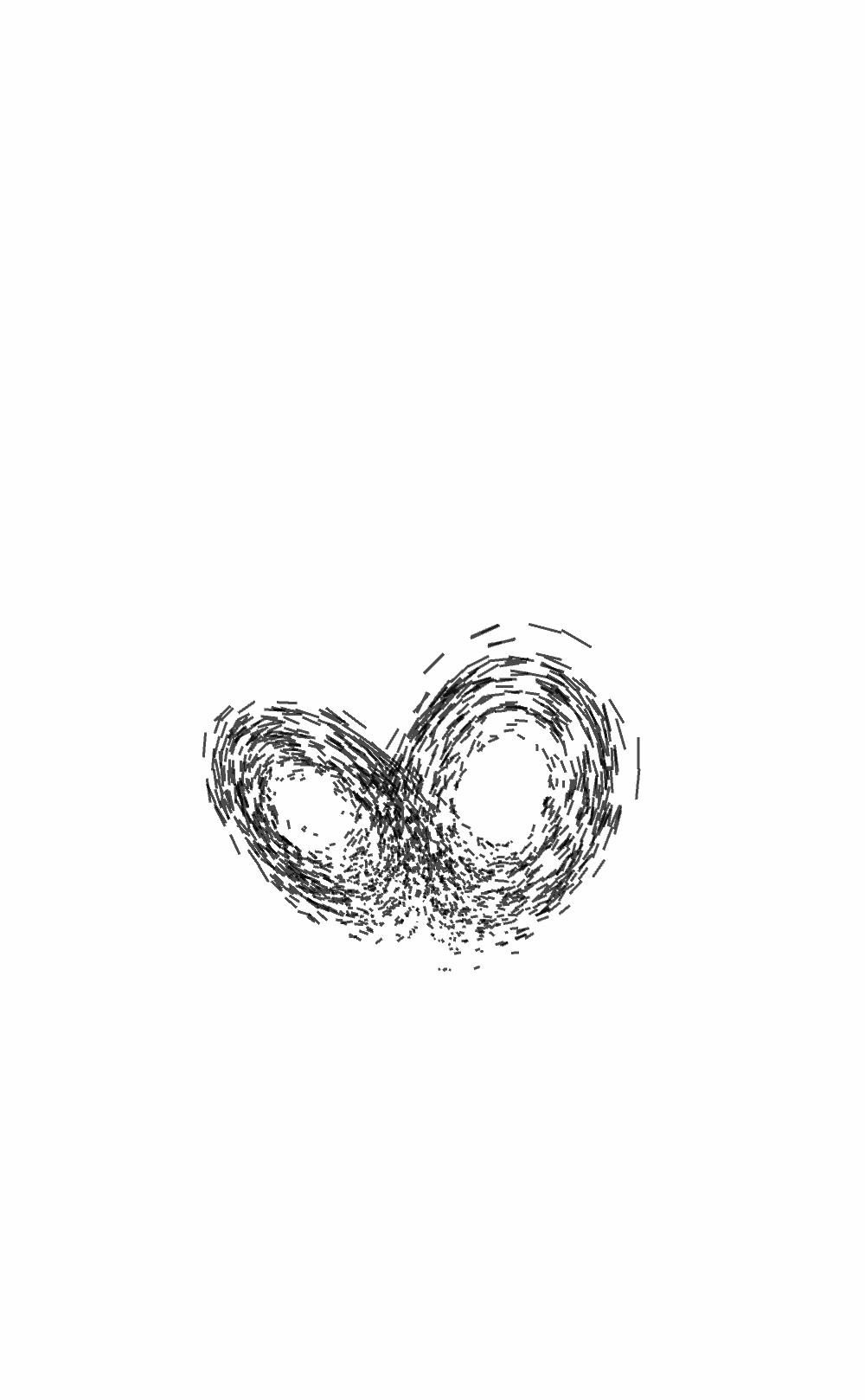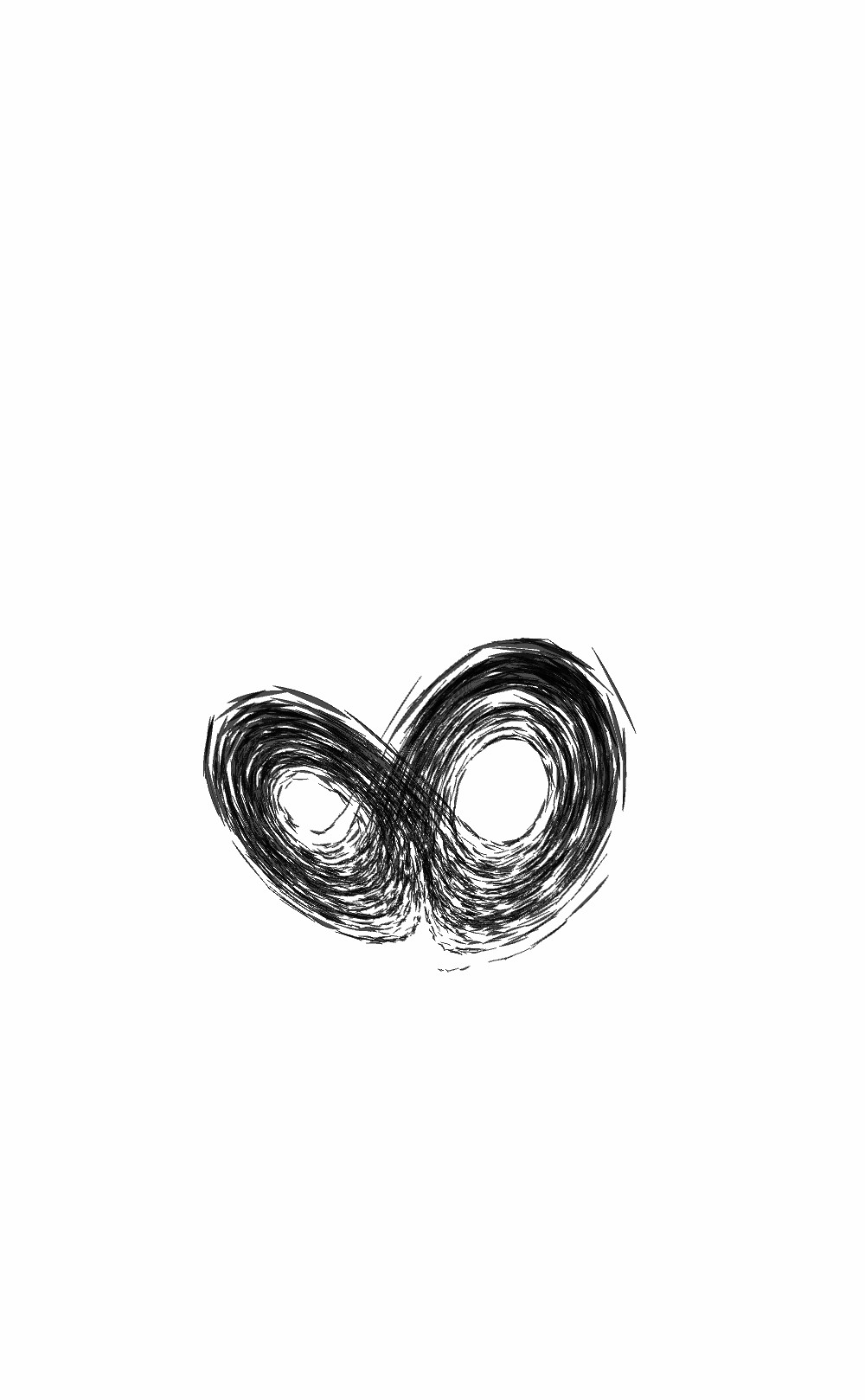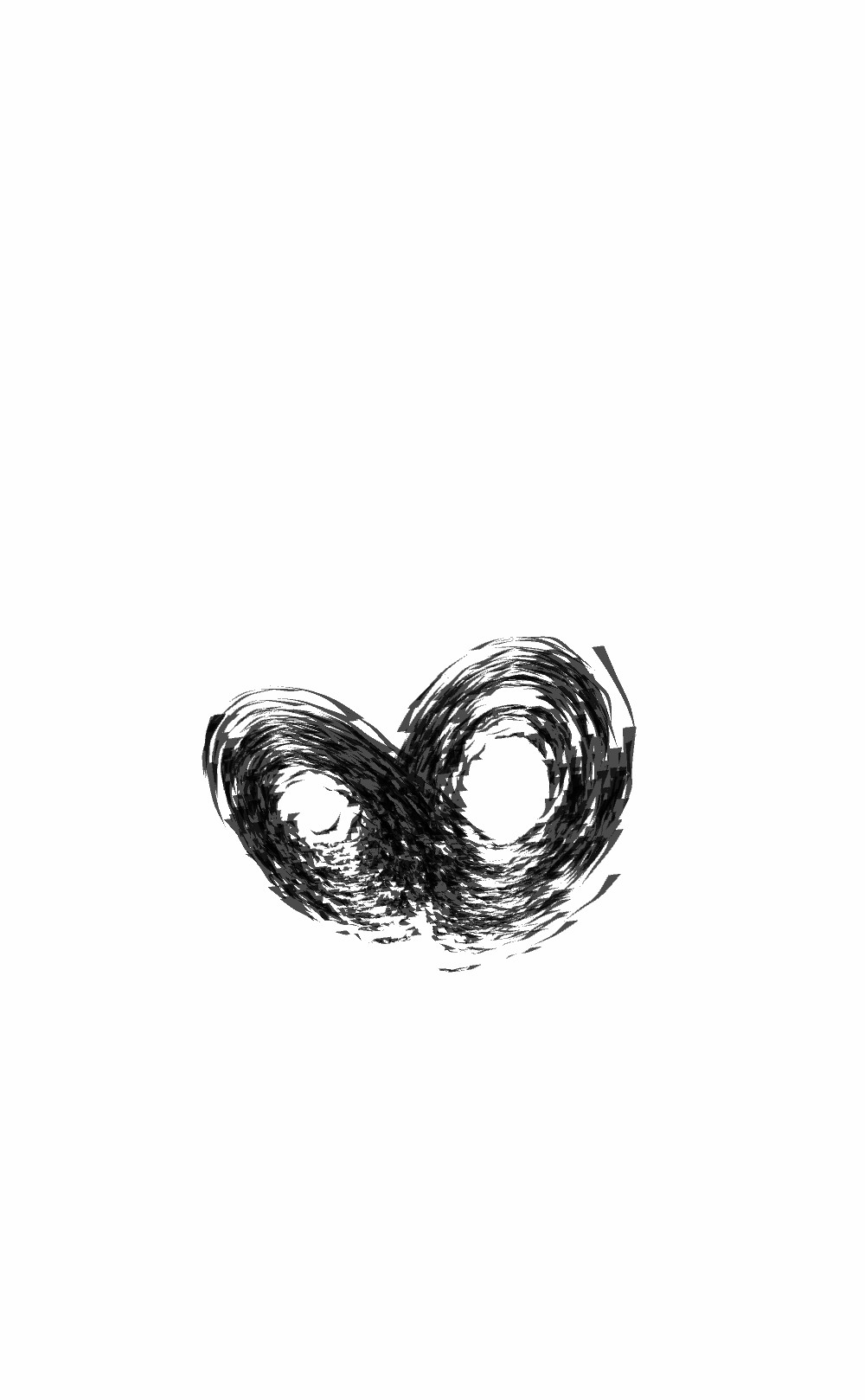Artist statement



“Peace is not good for an artist. How can that happen? The mind strives and burns all the time in the creative activity of art.”
— Jamini Roy
“One must still have chaos in oneself to be able to give birth to a dancing star”
– Friedrich Nietzsche
Chaos refers to unpredictable behaviour. Specifically unstable and irregular behaviour in deterministic nonlinear dynamic systems that are highly sensitive to initial conditions.
Our artworks are a reflection of the chaotic nature of our universe and explore the complex interactions between order and chaos, and their unpredictable effects on our lives.
While we may desire order, chaos is the reality. Our consciousness protects us from the chaos of our random surroundings. Chaos is not just a characteristic of physics, but it is also the source of creativity that allows order to emerge in many new and wonderful forms. Understanding this concept is not the same as truly comprehending it.
As a collective, humanity has continually strived to delay and prevent entropy by attempting to channel and harness chaos. History is filled with stories of civilizations, empires, kingdoms, and political parties that have risen and fallen over time. Societies become unpredictable due to complex interdependencies. Those who are truly disorderly may gain political power due to social indifference, arrogance, and unfair distribution of sacrifices, but they also bring order back to society. Economists constantly struggle with inherently unstable systems and persistent inequality. It is miraculous that laissez-faire systems achieve some balance between macroeconomic and microeconomic factors. Market indices show that the average lifespan of a business is less than 25 years. Businesses may adopt reactive strategies to manage chaos, leading to a loss of focus. Successful leaders use a combination of mind-mapping tools and key performance indicators to regain control and set a strategic path. Architects deal with the accumulation of periodic transformations that create spatial diversity and complexity in their compositions. They often turn to nature for answers to complex questions about shapes, structures, and processes. The human body is constantly under attack by various infectious molecular invaders. Medical science conducts interdisciplinary research to understand how the immune system distinguishes the body’s molecules from “non-self” invaders. Evolution is chaotic – we all evolved into our current form through a series of “mistakes.” Modern science suggests that the link between environmental change and evolutionary change is not as strong as Darwin predicted, but phylogenetic trees are found to be self-similar at taxonomic levels, leading to the study of “the edge of chaos” and genetic regulatory dynamics.
The entropic nature of the universe is inevitable. However, the realisation that order of the universe emerges because it is spontaneously self-organising, and not because it was created with predetermined order, is the most significant shift in our understanding of the world. The fact that order arises from chaos means the future is open and chaos presents new possibilities that were previously unimaginable.
Perhaps, chaos is cosmic intelligence with a reason, a rationale, and a rhyme. The jury is still out.
Title: Chaos - Lorenz attractor Type: Triptych Size of each artwork: 1000 x 1618 pixels | ~ 10 x 16 in Medium: Generative art Brief: Differential equations based mathematical model that describe a chaotic system
